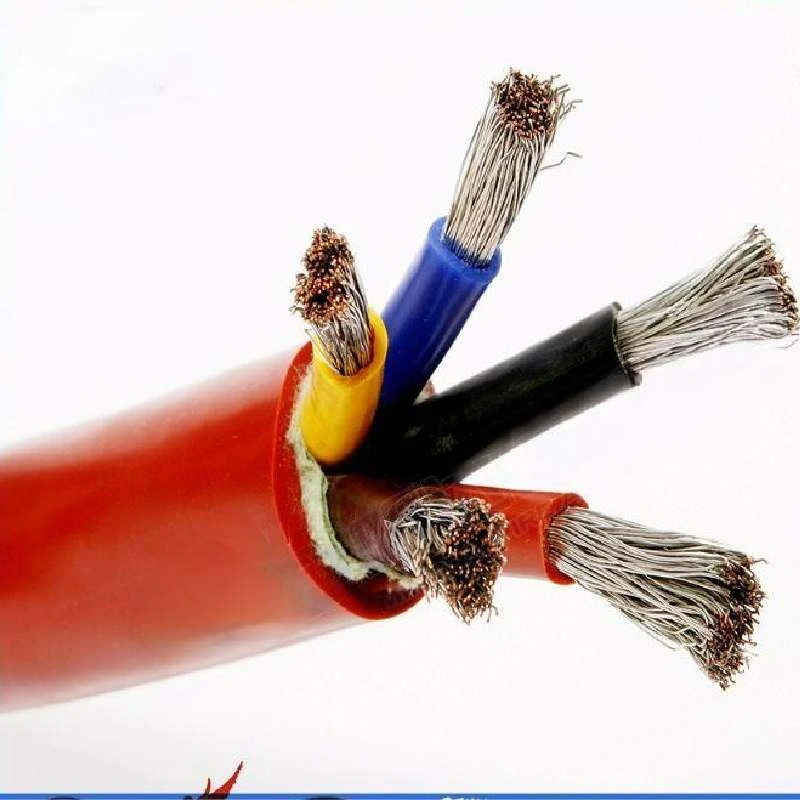10 月 . 31, 2024 14:47 Back to list
Understanding the Functionality and Applications of 3 Way Air Valves in Pneumatics
Understanding 3-Way Air Valves Functionality and Applications
3-way air valves are essential components in pneumatic systems, playing a critical role in controlling the flow of compressed air. These valves, as the name suggests, have three ports and can be utilized to manage air inputs and outputs effectively. They are commonly used in various applications, including automation, manufacturing, and HVAC systems, where controlling air pressure and flow is paramount.
Functionality of 3-Way Air Valves
The primary function of a 3-way air valve is to direct the flow of compressed air. This can be accomplished in several ways depending on the design of the valve. In the most common configuration, the three ports are labeled as the supply, exhaust, and output ports. The valve can either allow air to flow from the supply to the output while simultaneously exhausting air from the system or divert the flow from one output to another.
There are two main types of 3-way air valves normally closed (NC) and normally open (NO). A normally closed valve will block airflow until it is activated, while a normally open valve allows air to flow until it is actuated. The choice between NC and NO configurations depends on the specific requirements of the application, such as safety considerations and system design.
Types of Actuation
3-way air valves can be actuated in several ways, including manual, pneumatic, and electric methods. Manual valves require a physical handle or lever to operate, whereas pneumatic valves use air pressure to switch between states. Electric valves, on the other hand, are controlled electronically and can be integrated into automated systems for remote operation and precise control.
3 way air valve

Each actuation method has its own set of advantages. For example, electric valves can offer higher levels of automation and can be controlled by programmable logic controllers (PLCs), making them ideal for modern manufacturing processes. Pneumatic actuation often provides faster response times, which is crucial in operations requiring quick adjustments.
Applications of 3-Way Air Valves
3-way air valves are widely used in various sectors. In manufacturing, they are integral to controlling actuators, cylinders, and other pneumatic devices. They enable precise control of air flow, which is vital in processes like packaging and assembly.
In HVAC systems, these valves help manage the distribution of air in heating and cooling applications. By controlling the flow of air to different zones, they enhance the efficiency of climate control systems, ensuring that desired temperatures are maintained with minimal energy consumption.
Moreover, in robotics and automation, 3-way air valves can play a pivotal role in controlling robotic arms and other pneumatic tools, aiding in tasks that require repeated, precise movements.
Conclusion
In summary, 3-way air valves are indispensable components in various industries, enabling effective control of compressed air systems. Their versatility in design, functionality, and application makes them vital for streamlining processes and improving system efficiency. Understanding how these valves operate and where they are applied can significantly enhance the effectiveness of pneumatic systems in any industrial setting. With ongoing advancements in technology, the role of 3-way air valves will continue to evolve, driving innovations across various sectors.
Share
-
Understanding the Differences Between Wafer Type Butterfly Valve and Lugged Butterfly ValveNewsOct.25,2024
-
The Efficiency of Wafer Type Butterfly Valve and Lugged Butterfly ValveNewsOct.25,2024
-
The Ultimate Guide to Industrial Swing Check Valve: Performance, Installation, and MaintenanceNewsOct.25,2024
-
Superior Performance with Industrial Swing Check Valve: The Essential Valve for Any SystemNewsOct.25,2024
-
Industrial Swing Check Valve: The Ideal Solution for Flow ControlNewsOct.25,2024
-
You Need to Know About Industrial Swing Check Valve: Functionality, Scope, and PerformanceNewsOct.25,2024